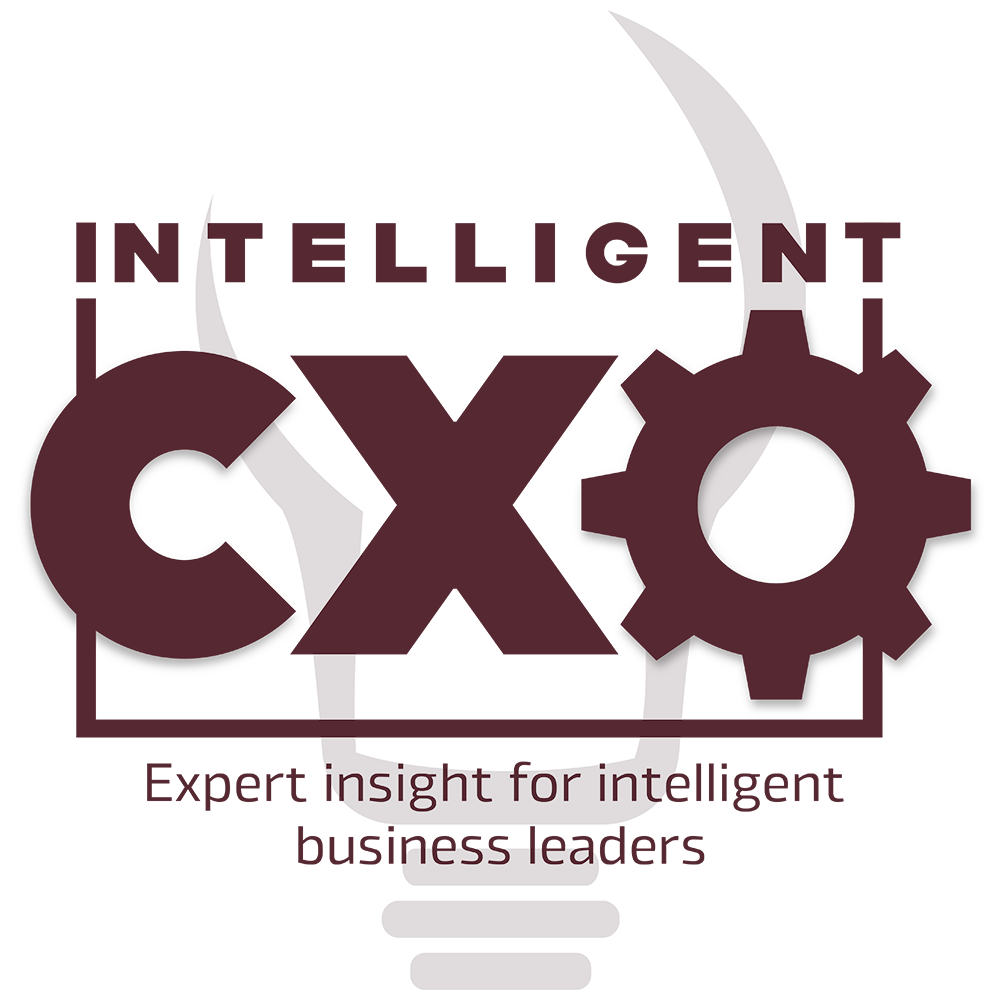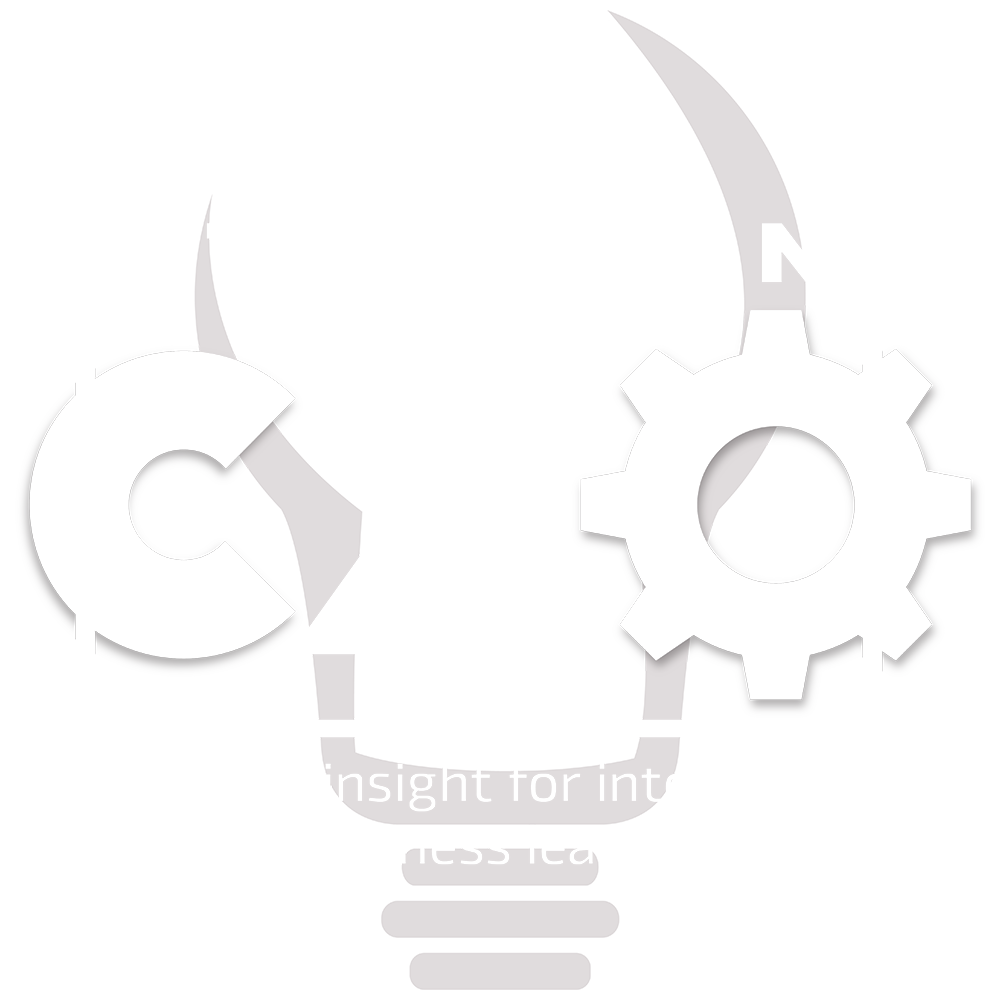What is the workplace atmosphere like at your company? Is there a buzz? Creative ideas flying around? Or do you hear more complaints than positives? Dr Andy Cope, a happiness expert, positive psychologist and author,discusses how leaders can create a great place to work by focusing on a new kind of HR – a Happiness Revolution. He offers his tips and advice on how positive psychology can improve your business.
Hands up if you and your work colleagues are buzzing with energy, creativity, passion and positivity? Keep your hand up if you love Mondays. Keep your hand in the air if you come home from work totally invigorated, with the buzz enthusing your family.
If your hand’s still up, congrats. You’ve nailed life. Well done you. Keep doing whatever it is you’re doing.
For everyone else, here’s the most important article of the year.
It won’t have escaped your attention that the modern world has gotten itself into a mess. Wars, climate emergency, AI, neurodiversity, anxiety, burnout, social media, fake news, politics – life can feel a bit like Mario Kart. It’s fast, furious and there are banana skins aplenty!
So here’s a new phrase for you: ‘collective effervescence’. If you’ve been lucky enough to experience collective effervescence, you’ll know what it’s like. For those who haven’t a clue (many go through their entire life without living it), let me explain…
Collective effervescence is a feeling of organisational aliveness. There’s a buzz about the place. Ideas are popping, there’s collaborative learning, calculated risk taking, laughter, banter and all those extra mile behaviours come as standard. These are the days when work doesn’t feel like ‘work’.
The question is how? How the heck are we supposed to create a jaw-dropping culture when the pressures are so real, the meetings so frequent and the pace so relentless?
The rise of the two-percenters
If you’re playing by the old rules of business, you’re dead in the water. Burnout will be nipping at your heels. You’ll be working harder than ever on your growth strategy, but slowly falling behind.
Because, in this brave new world, business growth isn’t a strategy, it’s a result. It requires leaders to take their eyes off the metrics and shift to a wholehearted focus on creating a culture in which staff can flourish.
This shift requires a new kind of HR, from custodian of Human Resources to instigator of a Happiness Revolution. Let me explain…
Twenty years ago, I flipped psychology on its head so, instead of studying illness, I looked at wellness. I investigated workplace wellbeing through a positive psychology lens, seeking out the handful of people who are buzzing with life and vitality. I nickname them the two-percenters (on the grounds that they are so scarce) and they’re at the top end of the happiness chart.
I’ll spare you the academic turgidity, but here are 10 facts:
- Happy people get sick less often.
- Happy people have more energy.
- Happy people are more optimistic.
- Happy people are more motivated.
- Happy people work better with others.
- Happy people are more creative.
- Happy people learn faster.
- Happy people make better decisions.
- Happy people give better customer service.
With 1-9 building to this compelling fact…
10. Happy people are your competitive advantage.
Now simply turn the positive statements above to negatives, and you get the workforce from hell! Is it really in anyone’s interest to have a negative, uncreative, sickness-prone, pessimistic, lack-lustre, sclerotic, depressed workforce?
Be the change
There’s a whole host of ‘how tos’ in my books and workshops, but meantime, here are a few quick wins that will reshape HR as the engine room of the Happiness Revolution:
- Ditch SMART objectives. They’re sooooo dull! I encourage HUGGs (huge unbelievably great goals), exciting things that are on the edges of achievability. HUGGs are goals that are worth getting out of bed for.
- Strengths: uncovering people’s strengths and then finding ways for them to use their strengths every day. Simple? Yup. Are more organisations doing it? Nope.
- Positive communication ratio of 6:1. If I was a fly on the wall in your office and could hear six positives for every grumble, I’d be fairly sure that your team is rocking and rolling. If it dips below 2:1, the energy will be leaking. If your communication dips the other way (there are more negs than positives) I’d be worried.
- Purpose is key. If people have a clear and compelling reason to come to work, they will arrive with a spring in their step. Find (or remind them of) their ‘why?’ A point worth noting, you cannot command happiness or purpose. It’s about creating insight, so they can realise it for themselves.
- Care. And I mean genuinely care. Chances are that if your people can respond affirmatively to ‘someone at work seems to care about me as a person’, they will turn up with a smile on their face.
On a final note, for the naysayers, positive psychology is much more than ‘happy-ology’ or ‘positive thinking’. It’s about using scientifically proven ways to improve your business. If one person in your organisation gets it, that’s great for them. If everyone gets it, that translates to a thriving workplace and wowza customer experiences.
Allow me to finish with an analogy. At some point, you will have rented a car. Most likely, this will have been on holiday. So, here’s a question for you; before you returned the car to the airport, did you wash it?
Why on earth not?
Because it’s not yours, that’s why. To be truthful, you probably didn’t treat it very well either.
Bringing the concept to your team – are your people ‘renting’ or ‘owning’? Organisations that achieve ownership will be rewarded with genuine and loving care.
Getting positive psychology embedded in the culture of your organisation is about ‘owning’. You can stop commanding them to be world class because they will ooze it. Therefore ‘happiness’ is not just ‘a little bit important’, it’s an essential ingredient in your business success.
The bottom line is that employee happiness is the bottom line.
Dr Andy Cope is a happiness expert, positive psychologist and author of The Art of Being Brilliant


